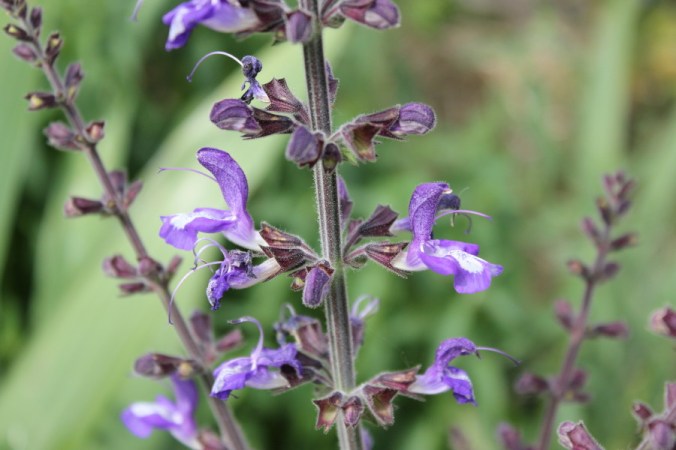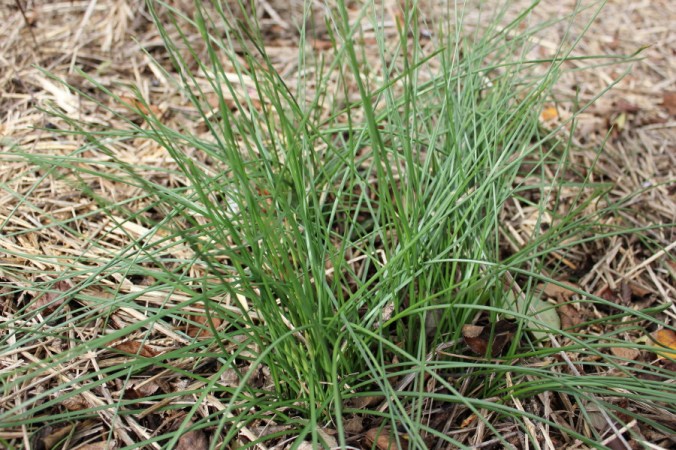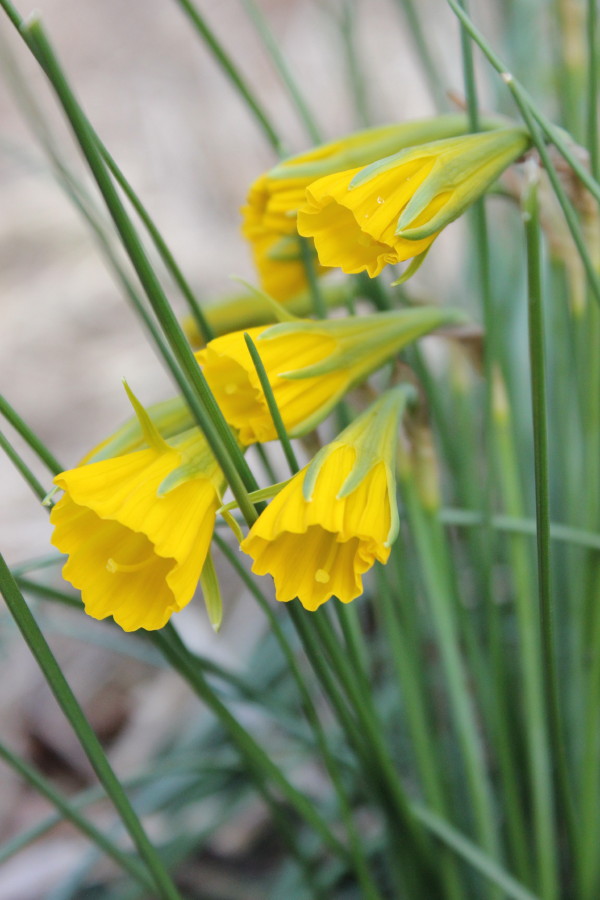Hi There,
Welcome to what i hope will be an ongoing portrait, essay or information on plants that can be seen in my garden. I have toiled arround with names for this series but have finally ended up with the above title. I know it’s not very inspiring or arty but so be it and without any further procrastination, here we go!
Salvia forskahoeli
This Salvia is a great plant for nearly every situation that you might have. Equally home in part shade and full sun, it is a remarkably hardy plant from the Balkan peninsula. Found from the coasts of Turkey to Greece and Bulgaria and growing in conifer and broadleaf forests up to 18oo metres in altitude. Flower stalks arise from the basal rosette of foliage in late spring/early summer to a height of about 60-80cm with whorls of flowers spaced on the stems. This species will flower for about 6 weeks and deadheading may prolong the season more. Sometimes it will even flower into autumn Flowers are a violet/blue colour with white streaks on the lower lip. These flowers readily produce seed and will self seed itself quite easily, seems not to become a nuisance though.
The leaves are thick and can be quite long maybe 20-30cm and are hairy on both sides. There are lots of them and they are a nice green colour. You Will end up with a large rosette of about 50-60cm wide and up to about 50cm tall. This species will benefit from a loamy soil that drains well and it will even cope with dry shade conditions which are very tough conditions. This plant is also drought and frost tolerant.
The above picture shows to good effect the foliage and flowering stems which most are showing seed developing in the brown calyx’s. This Salvia was introduced in 1880 and is named after Peter Forsskal of Finland who was a plant and zoological collector in southwest Arabia(Yemen) in the 18th century. In actual fact he contracted malaria in Yemen and died at the age of 31 in July 1763. Below you will see a close up of the leaf with its distinct veins and you can just make out the fine hairs that cover both sides as well. This gives it quite a furry feel when rubbed between your fingers.
Below you will see a close up of the flowers with their guide lines that stand out(also look at the first photo). These are the white lines that lead directly to the nectar and pollen(also called beeline). You may also notice that the flowers below are a slightly different colouring from the ones above. This plant will occasionally give out different coloured offspring which can make it exciting.
Well that’s about it for this little segment, below is just one more photo for you to enjoy. Happy gardening.
Cheers!



































